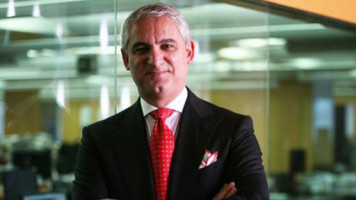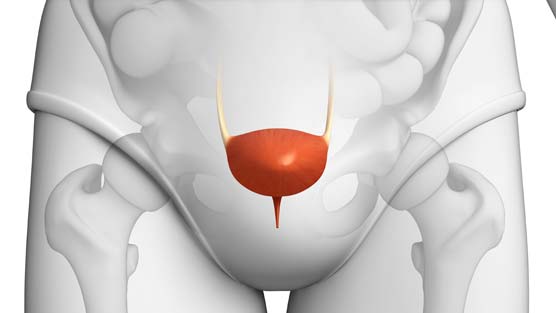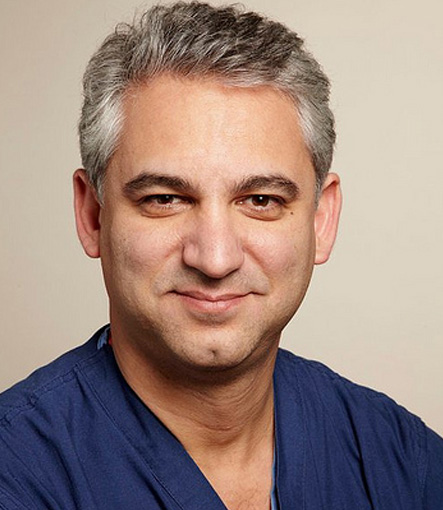What is Transurethral Resection of the Prostate (TURP)?
Transurethral resection of the prostate or TURP for short, is a surgical procedure commonly used to treat benign prostatic hyperplasia (BPH) or an enlarged prostate. Generally your doctor will initially prescribe medications to both reduce and alleviate any symptoms you are experiencing. Medications such as tamsulosin and finasteride are typically the types of medications used or sometimes in combination to treat symptoms. When symptoms have not responded to medicinal treatment your doctor will then recommend TURP as the next step in treatment. Although surgery isn’t always necessary to treat symptoms of BPH or an enlarged prostate, many patients opt for the procedure because their symptoms have affected their quality of life.
The Procedure
The procedure is performed under general or spinal anesthesia. Your surgeon will begin by inserting an instrument called a resectoscope directly into the urethra. A resectoscope is a thin tube with a camera and light attached for remote viewing. Once inserted the surgeon will be able to view both the urethra and the prostate gland. The surgeon will first locate and then begin to remove small pieces of excess tissue that has been blocking urine flow. This excess tissue is then flushed from the bladder.
Following completion of the procedure a catheter is inserted to remove, urine, blood or blood clots from the bladder. The catheter is only removed when there are no longer traces of blood or blood clots in the patient’s urine. On average the hospital stay for the patient is no more than 2 days. You will be advised to avoid any strenuous or sexual activity for at least 4 to 6 weeks so you will have ample time to heal. Some patients may experience an increased frequency in urination due to inflammation as a result of the surgery but will subside over time. Studies have found that 7 out of 10 men who have had the procedure done report that their symptoms have improved following surgery.
Side effects
The side effects involved with TURP are primarily centered around sexual performance/function, incontinence and complications following surgery. Examples of side effects include:
- Retrograde ejaculation: Is the backwards flow of semen into the bladder. This is a common occurrence which has no affect on sexual function and any ejaculate will usually be cleared with urination.
- Bleeding: Although a rare occurrence that may require additional surgery or blood transfusion.
- Infection: This can easily be treated with antibiotics
- Incontinence: A decrease in ability to control urinary flow. Only a small percentage of men report the inability to hold back urine.
- Repeat Surgery: Any complications following the initial procedure may require additional surgery, medication or another TURP operation.
As stated before TURP isn’t always required to treat symptoms of BPH or enlargement of the prostate. There are also numerous variables to consider in addition to the potential risks that comes with the procedure. Before opting for surgery consult with your doctor first and go over all of your available options for treatment.






